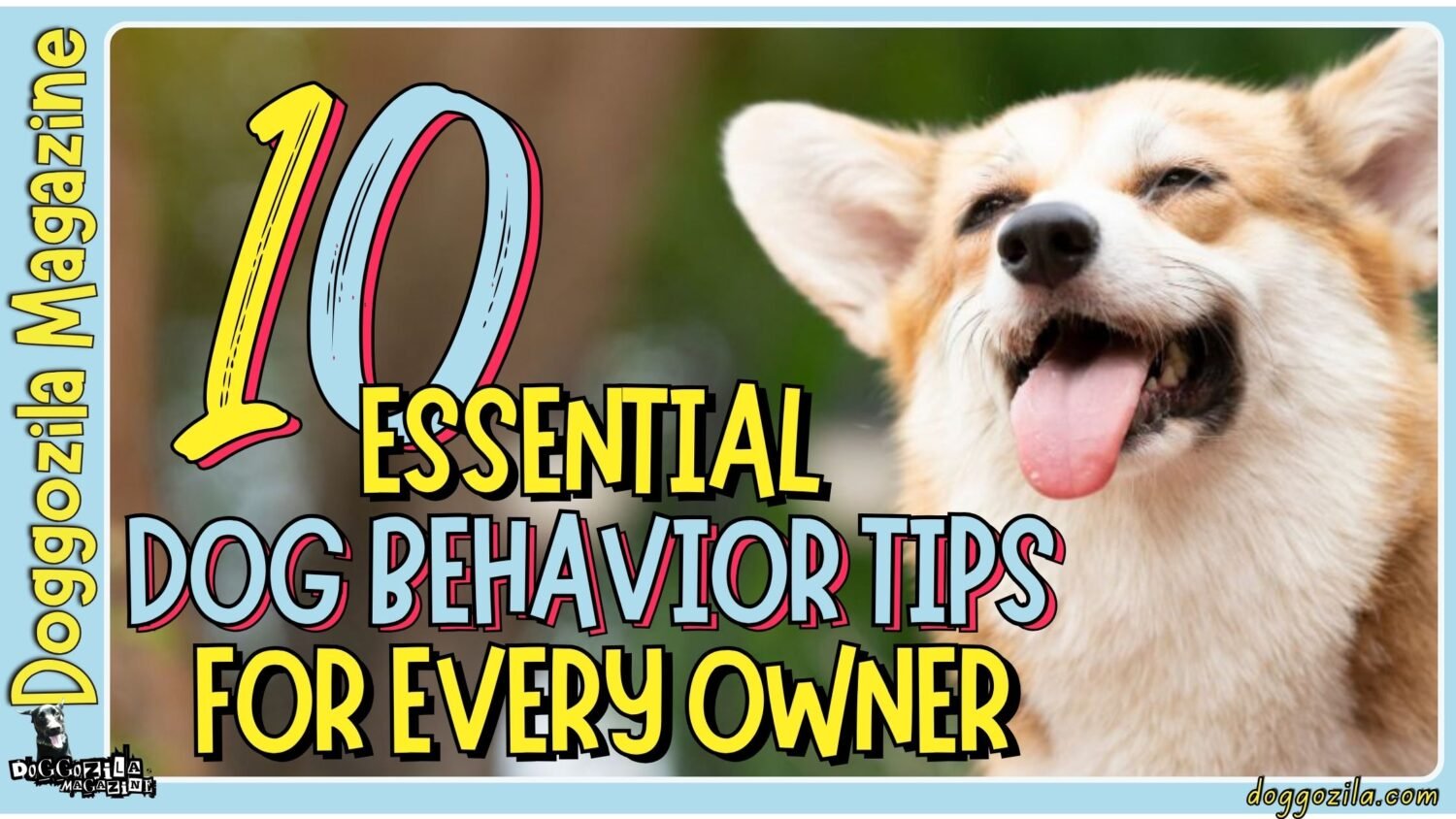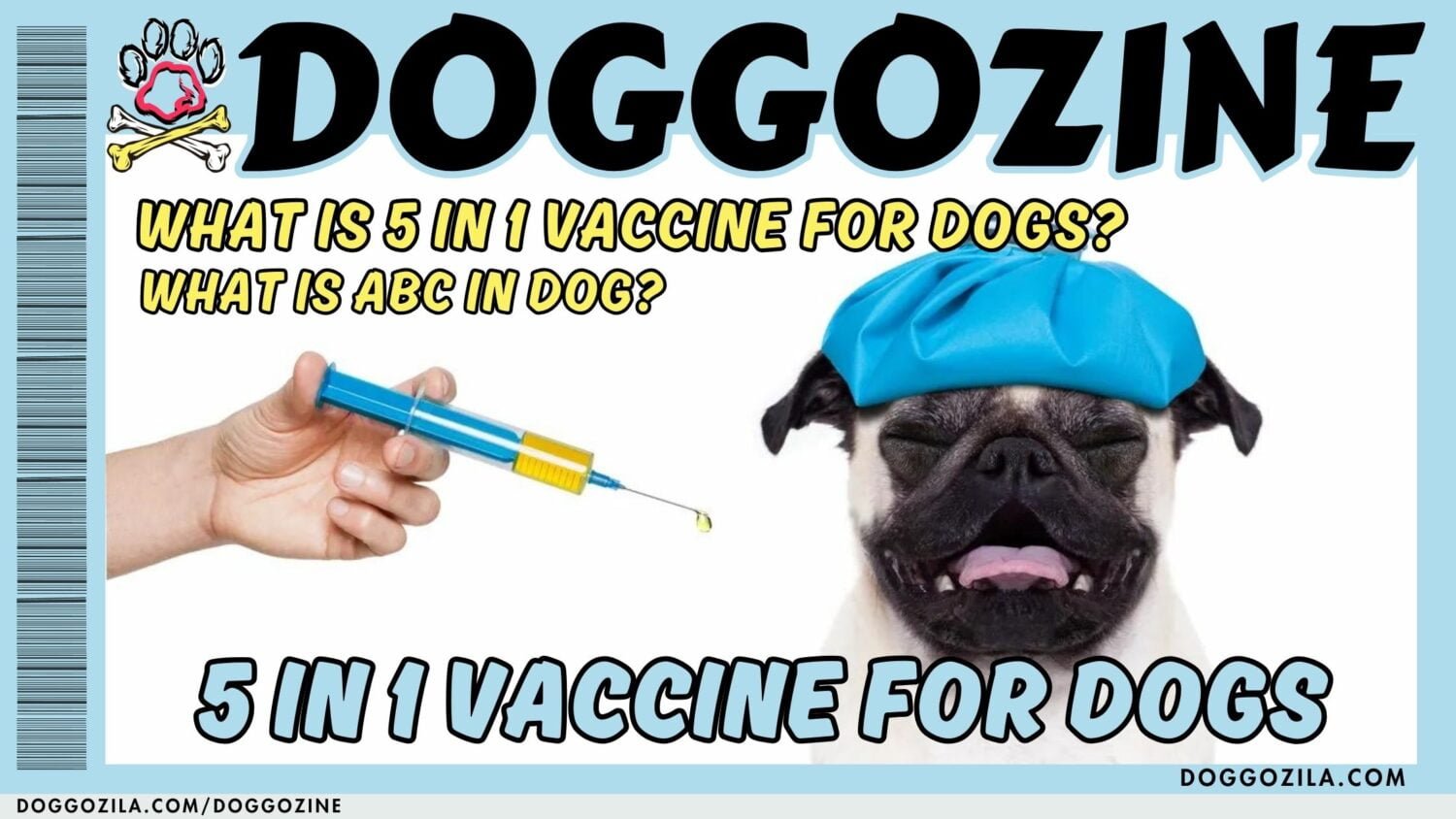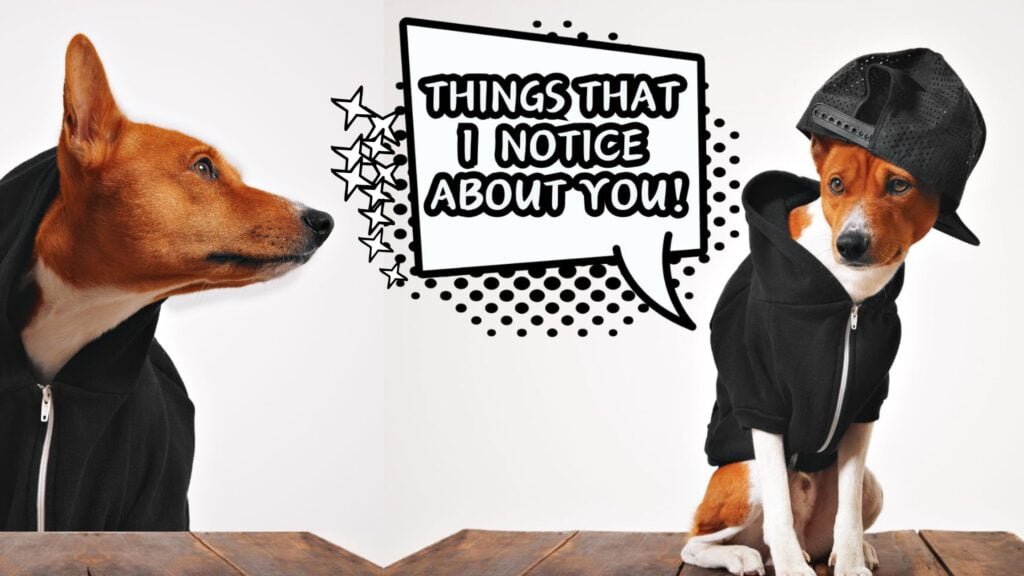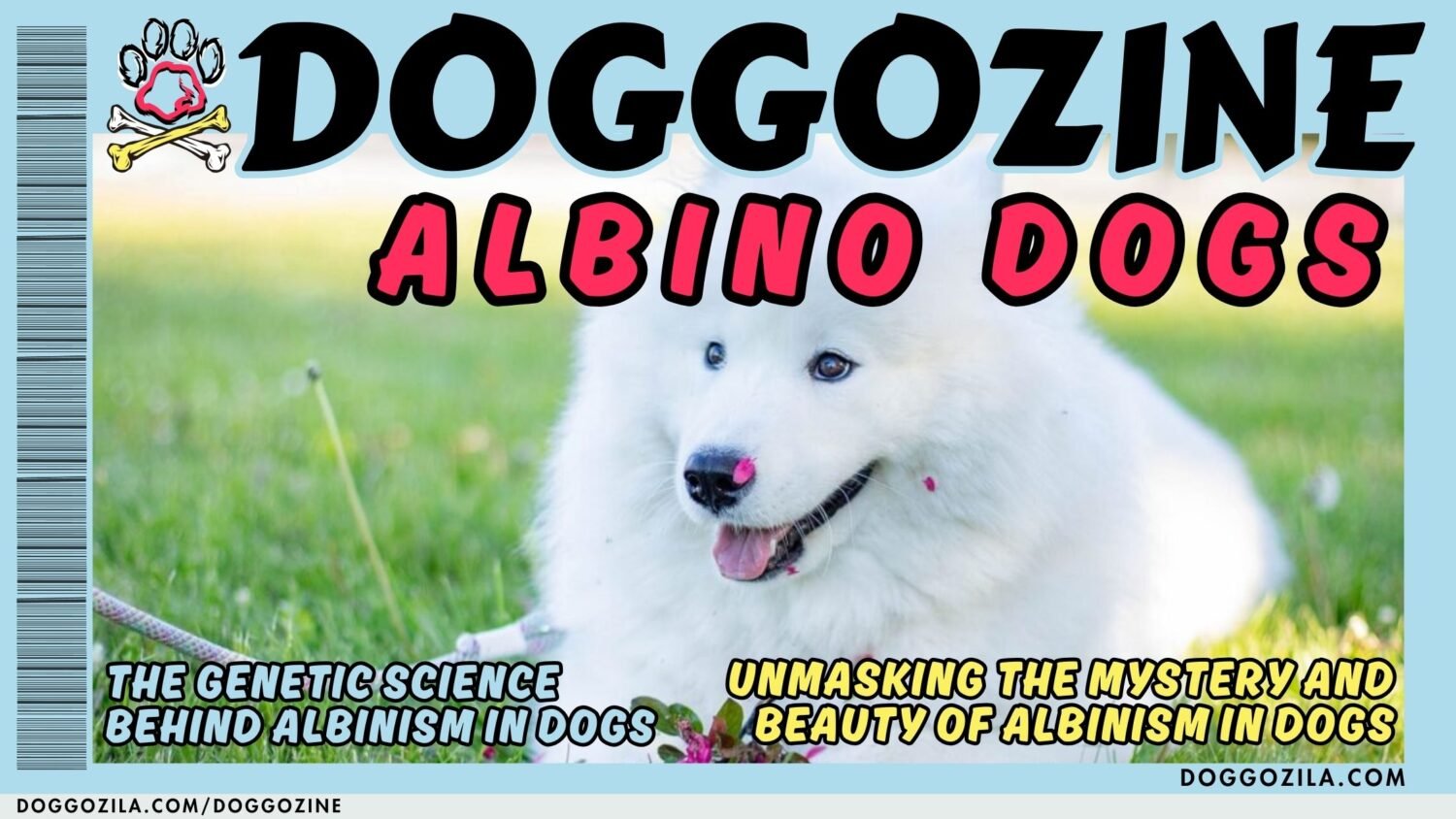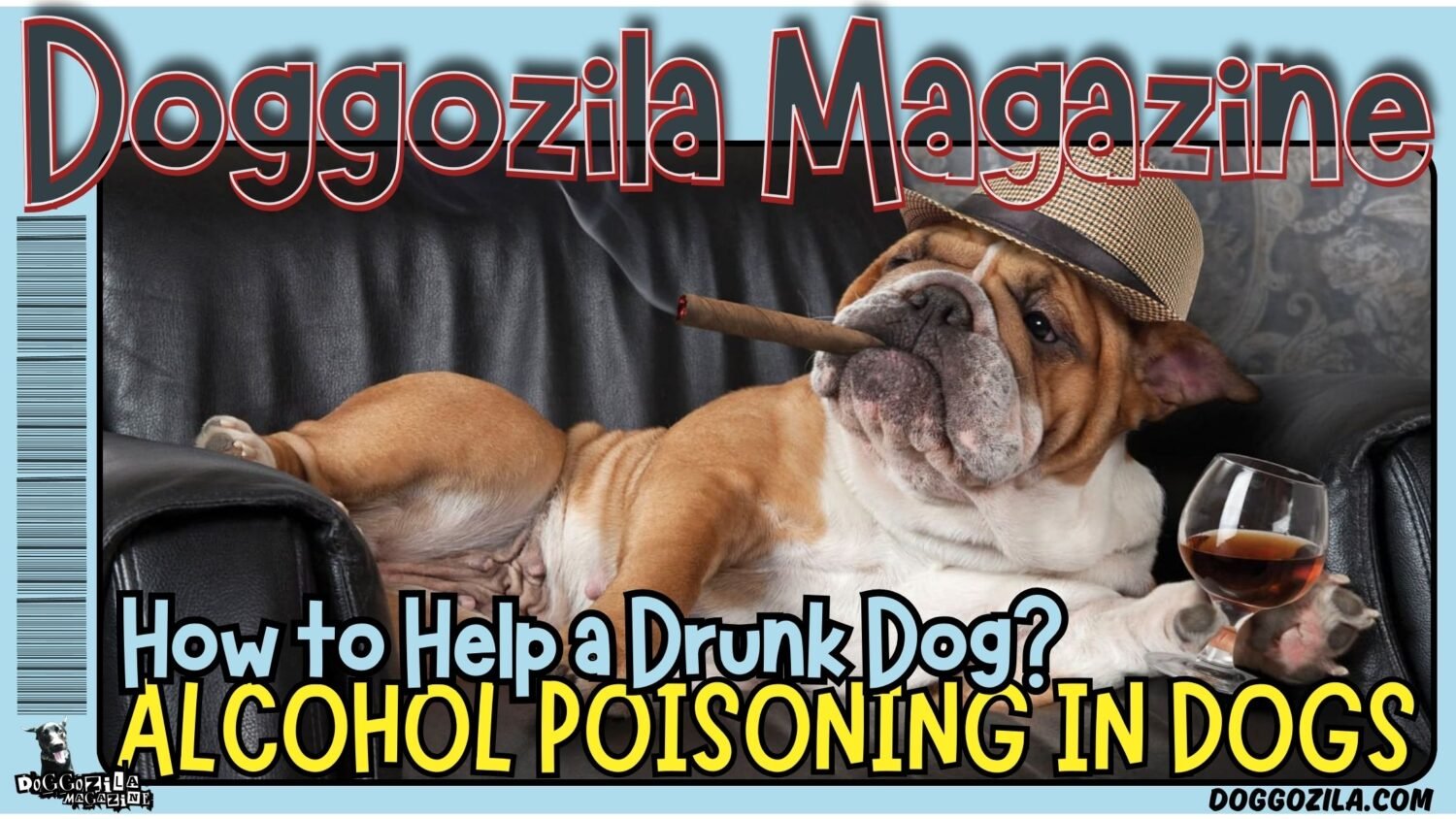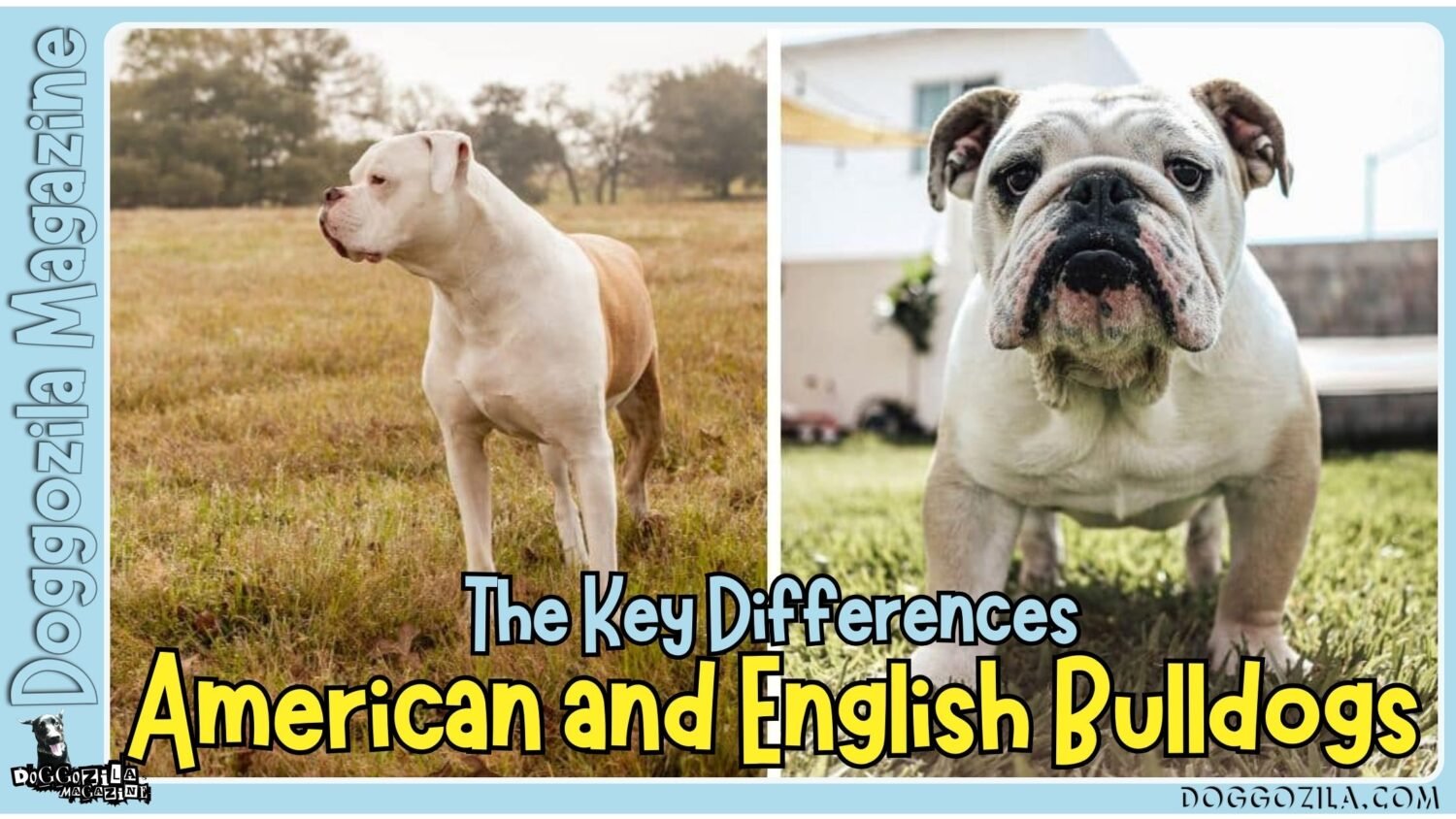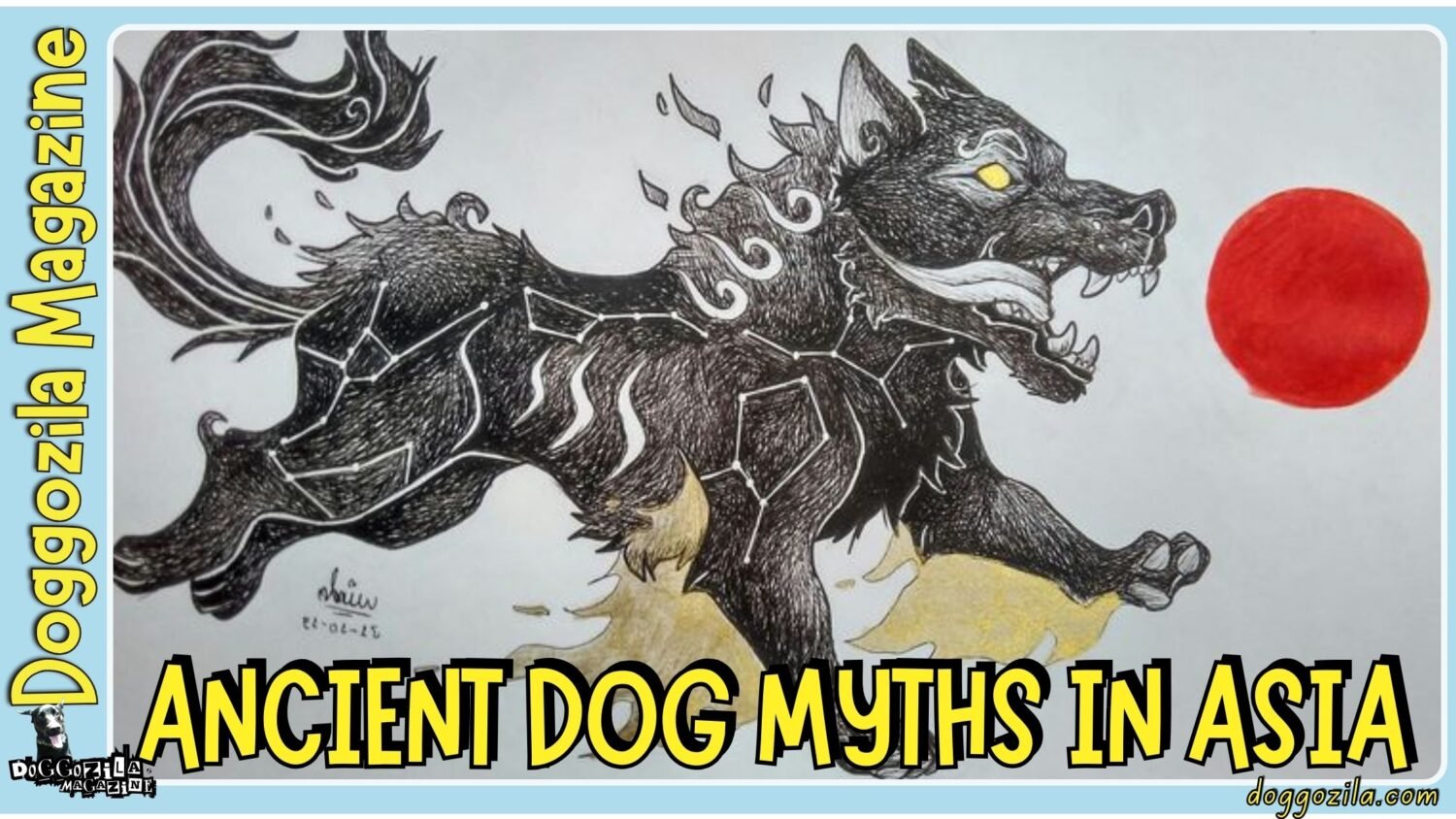All dog owners should learn that understanding why do dogs growl is the key to deeper trust and safer interactions. In this exploration, we’ll dive into the many faces of dog growling, from playful grumbles during tug games to tense warning signals at the door.
Picture this: You’re cozied up on the rug, finally giving your pup that long-awaited belly rub. His eyes are half-closed, tail thumping lazily… then suddenly, a low, vibrating growl rumbles from his chest. Your hand freezes.
Panic flashes: Is he angry? Warning me? About to bite? Take a deep breath! That growl isn’t necessarily a red alert, it’s one of your dog’s most vital forms of canine communication. Ditch the fear, and let’s crack the code of your dog’s growl together to transform the confusion into connection!
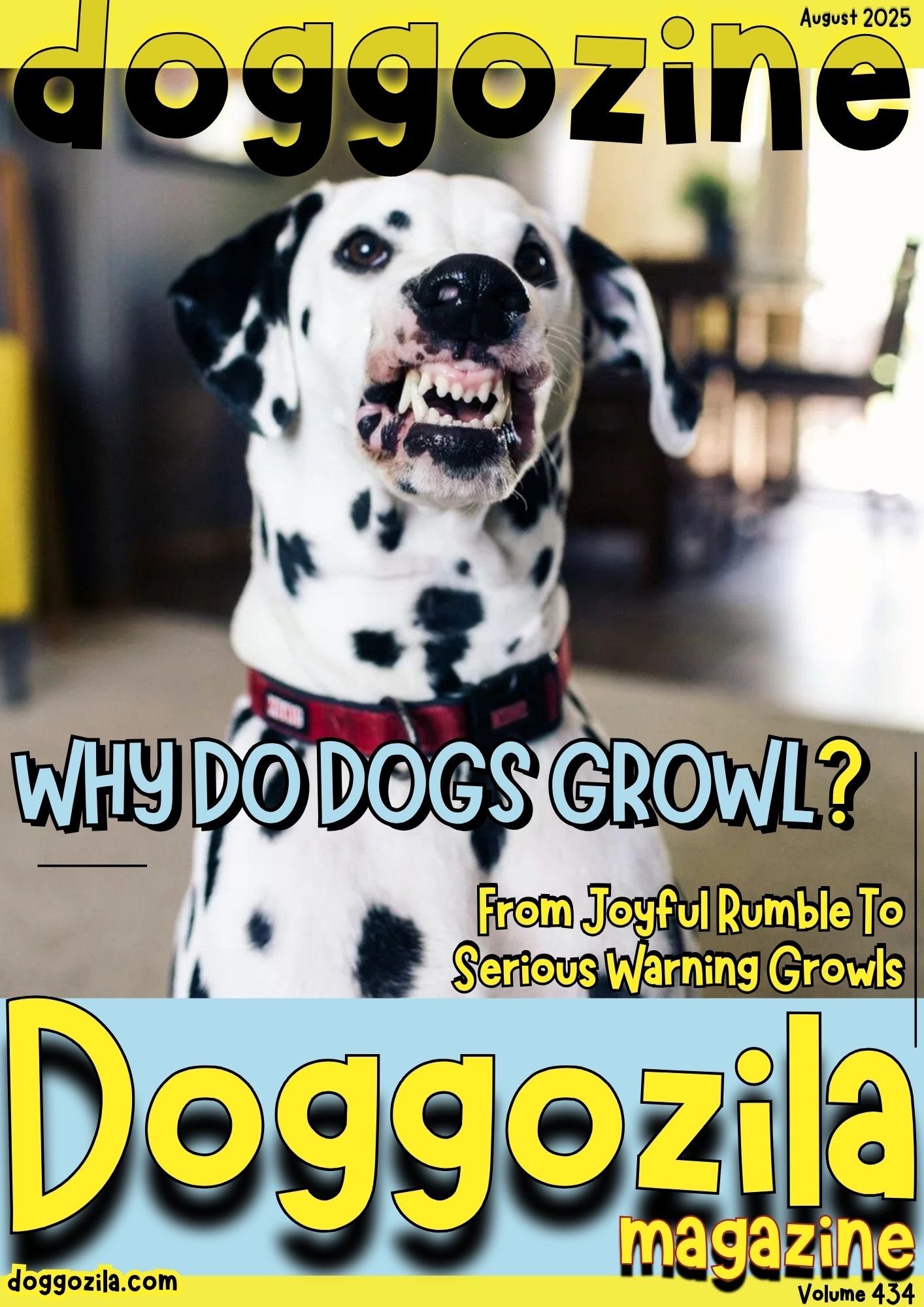
THE SHOCKING TRUTH ABOUT WHY DO DOGS GROWL: IT’S NOT JUST ANGER!
Why do dogs growl? The answer is far more complex and fascinating than simple aggression. That low rumble is actually a sophisticated canine communication tool, a primary way dogs express their inner state and set boundaries. Think of it like their built-in alarm system or a flashing “Caution” sign.
Growling serves a crucial survival function, allowing dogs to warn others (dogs, humans, perceived threats) before escalating to more dangerous behaviors like snapping or biting. Suppressing a growl is like removing the batteries from a smoke detector, dangerous!
Decoding the Growl Spectrum: the Meaning Behind Why Do Dogs Growl
Why do dogs do these vocal warnings? Well, It depends! Growls aren’t monolithic, they vary dramatically in pitch, duration, and intensity. Accompanying with body language, each signaling different intentions. Learning to distinguish these nuances is key to truly understanding why do dogs growl in any given moment. It’s like learning a dialect of their native language.
A high-pitched, wobbly growl during tug-of-war with loose, wiggly body language usually signals pure, excited play, it’s their version of a joyful shout! Conversely, a deep, sustained, guttural rumble combined with a stiff body, fixed stare, and pinned ears is a serious warning, “Back off, I’m uncomfortable.”
There are also fear-based growls (often higher-pitched, paired with cowering or lip licking), frustration growls (like when leashed and unable to reach something), pain-induced growls (sudden and sharp when touched in a sore spot), and even possessive growls over resources like food or toys.
The Vital Warning System: Why Punishing Growls is a Dangerous Mistake?
Perhaps the most critical lesson about why do dogs growl is recognizing its essential role as a warning signal. When a dog growls, they are communicating discomfort, fear, pain, or a need for space. It’s their way of saying, “I’m not okay with this, please stop or move away.“
If we punish this growl with yelling “No!“, jerking the leash, or worse, we teach the dog a devastating lesson, “Growling makes bad things happen.” The result? The dog learns to suppress this vital warning. Instead of growling next time they feel threatened or overwhelmed, they might escalate directly to a snap or bite with little to no prior signal.
This creates a much more dangerous situation for everyone. Respecting the growl as communication, not defiance, is paramount for safety when considering why do dogs growl. Never punish the growl, thank them for the warning and change the situation.
Playful Rumbles vs. Serious Warnings: How to Tell Why Do Dogs Growl in Different Contexts?
Distinguishing a playful growl from a serious one is crucial for safe and fun interactions. So, why do dogs growl during play, and how is it different? Observing the whole dog, not just the sound, answers why do dogs growl in that specific instance. When in doubt, pause the interaction and give space.
Play growls are typically higher-pitched, shorter, and more “bouncy” or variable in tone. They’re accompanied by loose, wiggly, exaggerated body language, think play bows, relaxed “grinning” mouth, bouncy movements, and a wagging tail (often held high and wagging in broad, sweeping motions). The dog will frequently disengage and re-engage voluntarily.
A warning growl, however, is usually deeper, more constant, and lower-pitched. The body language is tense and stiff, frozen posture, hard stare, ears pinned back or intensely forward, closed mouth or lips pulled back slightly, tail held rigid (high, low, or tucked) and wagging stiffly or not at all. The dog looks “locked on.”
Related Article Recommendation: Are Dogs Playing or Fighting? How to Tell the Difference?
🔑 Key Points: Understanding the diverse reasons why do dogs growl, from playful rumbles to serious warnings is fundamental to interpreting their needs accurately and responding appropriately, strengthening your bond and preventing misunderstandings that can lead to conflict.

FEAR FACTOR: WHY DO DOGS GROWL WHEN THEY FEEL SCARED OR TRAPPED?
Why do dogs growl out of fear? It’s their primary defense mechanism! When a dog feels cornered, threatened, or overwhelmed and perceives no escape route, their instinct is often to growl to create distance. This “distance-increasing” behavior is meant to make the scary thing (a stranger, a loud noise, another dog, an approaching hand) go away. Pushing a fearful dog past their threshold often escalates the growling to snapping or biting.
Fear-based growling is incredibly common and often stems from lack of socialization, past negative experiences, genetic predisposition, or simply encountering something novel and overwhelming. The growl is essentially saying, “You’re scaring me! Stay back!“
Body Language Tells the Tale: Spotting Fear When Asking Why Do Dogs Growl
Fearful growling comes with a distinct set of body language cues that scream “I’m uncomfortable!” Look for signs like cowering or a hunched posture where the dog tries to make themselves smaller. They start lowering their body close to the ground and tucking their tail tightly between their legs.
Avoidance signals are key indicators, including turning the head away, avoiding eye contact (often showing “whale eye” – the whites of the eyes), lip licking, and yawning. Pinned dog ears, flattened tightly back against the head, and a tail held low or completely tucked under the belly are common. The dog will often show attempts to retreat, backing away or trying to hide behind a person or object.
The growl itself in fear is often higher-pitched than a warning growl and might sound more “whiny” or desperate. Understanding this cluster of signals answers why do dogs growl in this context, pure and unadulterated fear. Forcing interaction here is a recipe for escalation.
Common Fear Triggers: Situations Where You Might Ask Why Do Dogs Growl
Numerous everyday situations can trigger fear-based growling. Understanding these helps anticipate and prevent them. Common triggers include the “Stranger Danger” or when unfamiliar people approach. Especially if they move directly towards the dog, loom over them, or reach out to pet without permission (fear is the top answer to “why do dogs growl at strangers?“).
Startling encounters like sudden loud noises (thunder, fireworks, vacuums), unexpected touches (especially while sleeping), or something startling appearing quickly can provoke growls. Vet visits or grooming sessions, involving handling sensitive areas, nail trims, or the inherently stressful environment.
They often trigger growls of fear and discomfort, like anticipation of pain explain why dogs growl at the vet. Feeling trapped, whether cornered in a tight space, under furniture, restrained tightly (hugged, held down), or leashed with no escape from a perceived threat, is a major trigger.
Finally, unfamiliar objects or situations, like encountering novel things (hats, umbrellas, wheelchairs) or being in unfamiliar environments (new houses, busy streets), can cause fear growls.
Helping the Fearful Growler: Building Confidence to Reduce Growl From Anxiety
Addressing fear-based growling requires patience and a focus on building confidence and changing emotional associations. Key strategies include respecting their space by never forcing interaction and letting the dog approach unfamiliar people or things in their own time, teaching visitors to ignore the dog initially.
Counter-Conditioning & Desensitization (CC/DS) is vital, systematically pair the scary thing (at a distance/intensity below the growl threshold) with amazing treats (chicken, cheese). For instance, if scared of men in hats, start with a man standing very far away (no hat visible) and toss treats, gradually decreasing distance and slowly introducing the hat element over many sessions.
The goal is “Scary thing = Chicken rain!” Creating safe havens is important! Provide accessible retreat spots (crates, beds in quiet corners) where the dog won’t be disturbed and teach a “Go to Mat” cue for voluntary retreat. Avoid flooding – don’t force the dog to “just deal with” their fear, as this intensifies it. Always work below their threshold.
For severe dog fear or aggression, consider seeking professional help from a qualified force-free behavior professional or veterinary behaviorist, as medication may sometimes be part of the plan. Reducing the underlying fear addresses the core reason why do dogs growl defensively.
🔑 Key Points: Recognizing fear as a core reason why do dogs growl is essential, it shifts our response from confrontation to compassion and helping the dog feel safe.
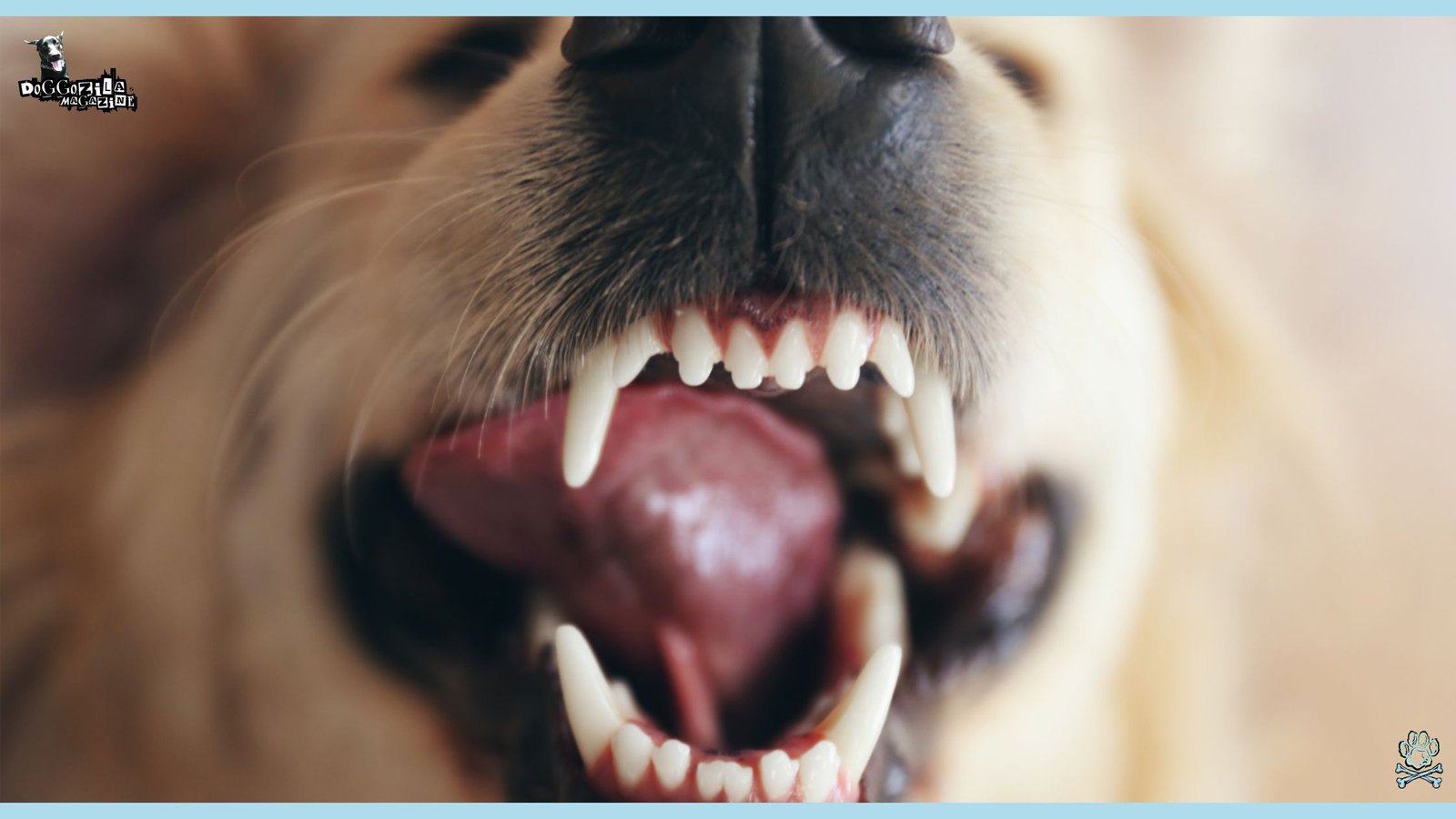
BACK OFF BUDDY! WHY DO DOGS GROWL TO COMMUNICATE DISCOMFORT AND SET BOUNDARIES?
Why some dogs do growl when you hug them, pet them in a certain spot, or try to move them off the couch? Often, it’s simply communication and boundary-setting. A growl in this context is their clear way of saying, “I’m not comfortable with this, please stop.” They might be feeling overwhelmed, touched out, in mild pain, or just wanting personal space.
Ignoring these growls or punishing them is disrespectful and dangerous! This teach the dog that their polite requests are ignored, forcing them to escalate. Understanding why do dogs growl as a boundary is crucial for respectful cohabitation. It’s not personal but it’s their language for “I need space.”
Hands-Off Hints: Recognize Boundary-Settings When Asking Why Do Dogs Growl
Growls communicating discomfort often come with specific body language cues signaling “I’m done” or “Don’t like that.” Watch for subtle avoidance behaviors like turning the head away, leaning away, licking lips, yawning, or avoiding eye contact during petting or handling. Freezing, a sudden stillness when touched or approached in a certain way, is a clear sign.
Look for tension, a stiffening of the body, particularly in the area being touched. “Whale eye,” showing the whites of the eyes while looking sideways at you, is another warning sign. A low growl or grumble, often softer than a fear growl and almost like a grumble of protest, might occur if you try to move them while sleeping or continue petting when they’ve had enough.
These signals, culminating in a growl, clearly answer why do dogs growl, when they’ve reached their tolerance limit and are politely (then less politely) asking you to stop. Heed these warnings!
Common Boundary Violations That Make Us Ask Why Do Dogs Growl
We often unintentionally push our dogs past their comfort zones, leading to boundary-setting growls. Common violations include forced affection like hugging, kissing, holding the dog tightly, or prolonged petting (especially on the head or over the body) when the dog isn’t soliciting it.
Disturbing a dog’s rest by waking them abruptly or moving them off furniture or their bed forcefully can trigger growls. Invasive handling, such as being rough, grooming sensitive areas (paws, ears, tail), or administering medication forcefully, is a frequent cause.
Often, the root issue is ignoring “calming signals“, missing the dog’s earlier subtle cues (lip licks, yawns, head turns) asking for space before they resort to a growl. This explains why dogs growl when you pet them. They’ve likely been signaling discomfort that was overlooked. Learning to recognize and respect these pre-growl signals prevents escalation.
Teaching Consent and Respecting “No”: How to Respond When Your Dog Growls for Space?
The most effective and ethical response to boundary-setting growls is to respect the “no.” This involves stopping immediately the moment you hear the growl or see precursor signals, removing your hands or body. Give space by moving away slightly to relieve pressure and avoid staring.
Crucially, do not punish the growl, as this teaches them their communication is invalid and forces escalation next time. Observe the triggers, noting what specifically caused the growl (type of touch, location, context), to avoid or modify that trigger in the future. Teach cooperative care by building positive associations with handling through treats and choice.
For example, touch their paw lightly, treat, release, gradually increasing duration or intensity only if they remain relaxed, and teach specific cues for consenting to handling (“Paw?” “Ear?“).
Offer choices by letting the dog choose to approach for affection, petting them in preferred areas (often chest, shoulders), and stopping before they show discomfort. Ask them to jump on the couch rather than lifting them. Respecting their autonomy significantly reduces the instances where you need to ask why do dogs growl at your touch.
🔑 Key Points: Dogs aren’t humans, they don’t inherently enjoy hugs or prolonged physical restraint. Learn the signals that your dogs are giving to you and respect the pre-growl as this can prevent escalation.
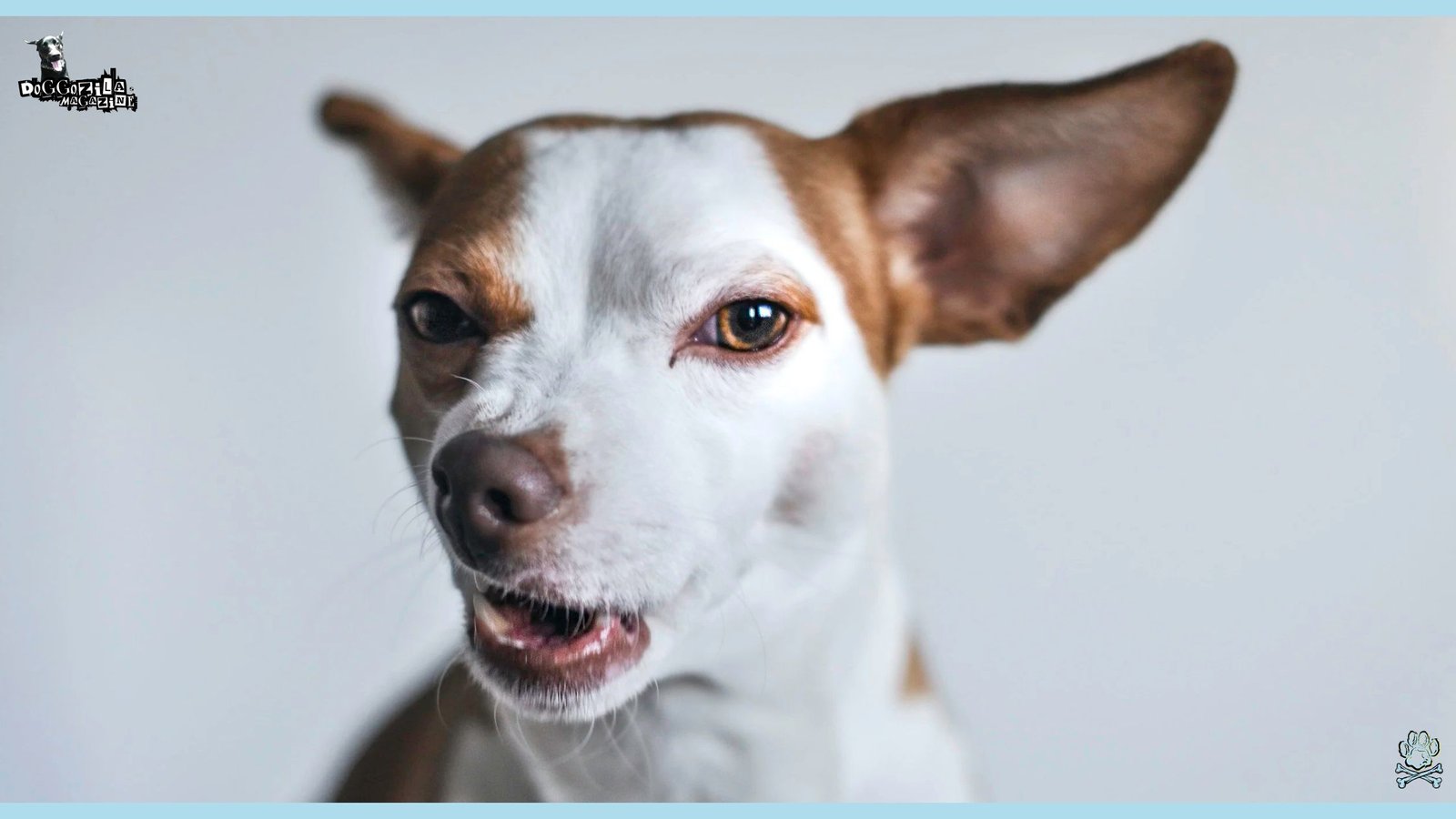
PLAYTIME PANDEMONIUM: WHY DO DOGS GROWL DURING FUN AND GAMES?
Why do dogs growl with a toy in their mouth, during a rousing game of tug, or while wrestling with a furry friend? Often, it’s pure, unadulterated play excitement! Play growling is a normal, healthy part of dog interaction. It’s their way of vocalizing enthusiasm, engagement, and the thrill of the game. Think of it like kids shrieking with laughter on a rollercoaster, it sounds intense, but it’s fueled by fun.
Differentiating this joyful rumble from serious growls is key to allowing healthy play and understanding the full spectrum of why do dogs growl. Suppressing play growls unnecessarily stifles their natural expression.
The Sound of Fun: Identifying Play Growls When Wondering Why Do Dogs Growl
Play growls have distinct characteristics. Their pitch is often higher, more variable, and “bubblier” or “looser” sounding than warning growls, sometimes resembling a grumble or warble. Crucially, the body language is the biggest giveaway, look for a loose, wiggly, bouncy body.
Key signs include play bows (front end down, rear end up!), exaggerated, bouncy movements, a relaxed, open mouth that might look like a “grin,” and a vigorously wagging tail (usually held at a neutral or slightly elevated position, wagging in broad, sweeping motions).
In play with other dogs, you’ll see frequent role reversals, the chaser becomes the chased, the one on top goes underneath. Self-handicapping, where larger or stronger dogs inhibit their bite force and allow themselves to be “caught” by smaller playmates, is common.
Voluntary disengagement is key! Dogs will naturally pause, break apart, shake off, and then re-engage. If you see all this joyful chaos than why do dogs growl? In this kind of context and environment is almost certainly for fun! It’s the soundtrack to a good time.
Tug-of-War Talk: Why Do Dogs Growl With Toys in Their Mouths?
Tug is a fantastic, natural game for many dogs, and growling during tug is incredibly common and usually play-motivated. The growl here is an expression of excitement and engagement with the game and their human play partner. It’s part of the ritual where it sparks their instincts!
As long as the body language remains loose and wiggly, the dog releases the toy when asked (or after a reasonable request), and the game stays controlled, tug growls are typically harmless fun. Than you may ask, why do dogs growl when playing tug? It amps up the excitement!
However, it’s crucial to teach clear rules, the game starts and stops on your cue (“Take it!” / “Drop it!“), tugging is only done with designated toys, and mouthing on human skin (even accidentally) immediately ends the game. This keeps play growling safe and enjoyable.
Related Article Recommendation: How To Train Your Dog To Drop It? Step By Step Guide!
When Play Growls Tip: Monitoring Intensity to Prevent The Growl From Escalating
While play growling is normal, it’s essential to monitor the intensity of the entire play session to ensure it doesn’t tip over into over-arousal or frustration, which can sometimes lead to real tension or even a scuffle. Watch for shifts in body language, wiggly bodies becoming stiff, play bows disappearing, tails held high and stiff or tucked, ears pinned back, closed mouths, or hard stares.
Listen for a shift in the growl, playful growls becoming deeper, more sustained, and lower-pitched. Lack of breaks, where dogs stop self-regulating or taking pauses, is a warning sign. Consistent pinning, where one dog continually pins the other without release, or avoidance behaviors, where one dog tries to hide, leave, or shows whale eye or lip licking, signal trouble.
If you see these signs, the dog’s growl might be shifting from fun to stress. It’s time to calmly interrupt the play (“All done!“), call the dogs away, give them a brief time-out to cool down, or redirect them to a calmer activity. Managing arousal prevents play growls from escalating into something else.
🔑 Key Points: Play growling is a normal, healthy part of dog interaction. It’s their way of vocalizing enthusiasm, engagement, and the thrill of the game.
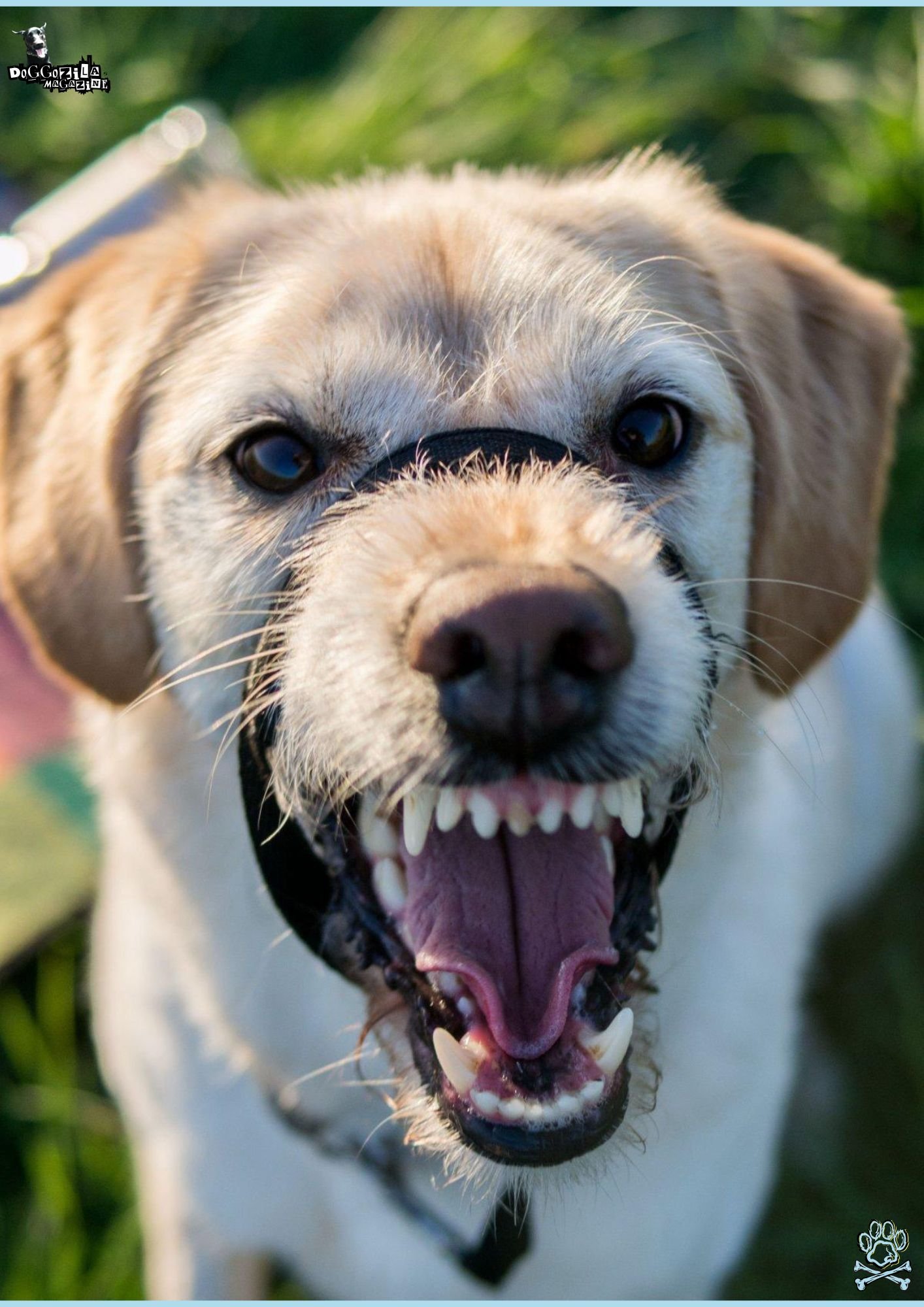
PAIN WHISPERS AND GROWLS: WHY DO DOGS GROWL WHEN THEY HURT?
Why do dogs growl suddenly when you touch their ear, try to lift them, or even when they move a certain way? When a dog is experiencing discomfort or pain, from an injury, arthritis, dental disease, an ear infection, or an internal issue, he would give a signal. Being touched or manipulated in a way that exacerbates that pain can elicit a defensive growl. It’s their way of saying, “Ouch! That hurts! Stop!“
Pain is a major, and often overlooked, trigger. This type of growl is often sudden and context-specific, appearing only when the painful area is contacted or when performing a painful movement.
Sudden Changes in Behavior: A Red Flag When Dogs Do Growl Due to Pain
A dog who has never growled when touched or handled but suddenly starts doing so, especially in specific contexts, is sending a major red flag. Key indicators that pain might be the culprit why do dogs growl include a new onset where the growling behavior is recent and uncharacteristic for the dog.
It’s often location specific, occurring only when a particular body part is touched (e.g., paw, hip, ear, tail base, mouth) or when performing a specific action (jumping on the couch, going downstairs, turning the head).
Accompanying signs of pain should be looked for, such as limping, stiffness (especially after rest), reluctance to move, jump, or play. Also watch for decreased appetite, changes in sleeping patterns, restlessness, panting excessively without heat or exertion, licking or chewing at a particular area, flinching, or yelping.
Avoidance behavior, where the dog starts shying away from being touched altogether or flinches when you reach towards them, is another sign. If your dog displays any of these signs alongside new growling, consult your veterinarian immediately. Pain is rarely “no reason” when wondering why old dogs growl.
Common Pain Points That Trigger Growls: How to Recognize Why Do Dogs Growl When Touched?
Almost any source of discomfort can lead to a pain-related growl, but some common areas include musculoskeletal pain like arthritis (especially in hips, elbows, spine), muscle strains, ligament injuries (like cruciate tears), intervertebral disc disease (IVDD), sprains, or fractures. This often explains why dogs growl when picked up due to hip or back pain.
Dental or oral pain is a major trigger, including broken teeth, severe tartar or gum disease in dogs (gingivitis, periodontitis), oral infections, fractured jaws, or foreign objects stuck in the mouth. Sental pain is a prime suspect when dogs growl while eating or when you touch their muzzle. Ear pain, such as otitis (ear infections – yeast, bacterial), ear mites, foreign bodies in the ear canal, or aural hematomas, commonly causes growling when the ear or head is handled.
Abdominal or internal pain from conditions like pancreatitis, gastrointestinal upset, bladder stones or infections, or organ disease may manifest as growling when picked up around the middle or touched along the belly.
Finally, skin pain from hot spots, severe dog allergies causing itchy or inflamed skin, wounds, or abscesses can cause growling when the affected area is touched. Recognizing these potential sources helps answer why do dogs growl unexpectedly and guides the vet exam.
The Vet Visit Imperative: Addressing the Root Cause When Pain Explains Why Do Dogs Growl
If you suspect pain is the reason why do dogs growl, scheduling a veterinary appointment is non-negotiable. Do not attempt to “train away” a pain growl. Here’s what to expect, provide a detailed history by describing the growling incidents, when it started, specific triggers, location, frequency, and any other behavioral or physical changes.
The vet will perform a thorough physical exam, carefully palpating (feeling) the dog’s body, checking joints, muscles, spine, abdomen, skin, and mouth, and manipulating limbs to check range of motion. Depending on the findings, diagnostic tests may include bloodwork, urinalysis, X-rays (radiographs), and possibly ultrasound or more advanced imaging. Dental exams (often under anesthesia) are crucial if oral pain is suspected.
If a source of pain is found, a pain management plan will be tailored to the cause, such as antibiotics for infection, anti-inflammatories or pain meds for arthritis, dental cleaning or extractions, or surgery for injuries. Managing the pain resolves the primary reason why do dogs growl defensively. Handle your dog gently during recovery.
🔑 Key Points: Understanding that pain is a potential cause why do dogs growl is crucial for their welfare, it prompts needed veterinary care rather than misinterpretation as “aggression” or “misbehavior.”
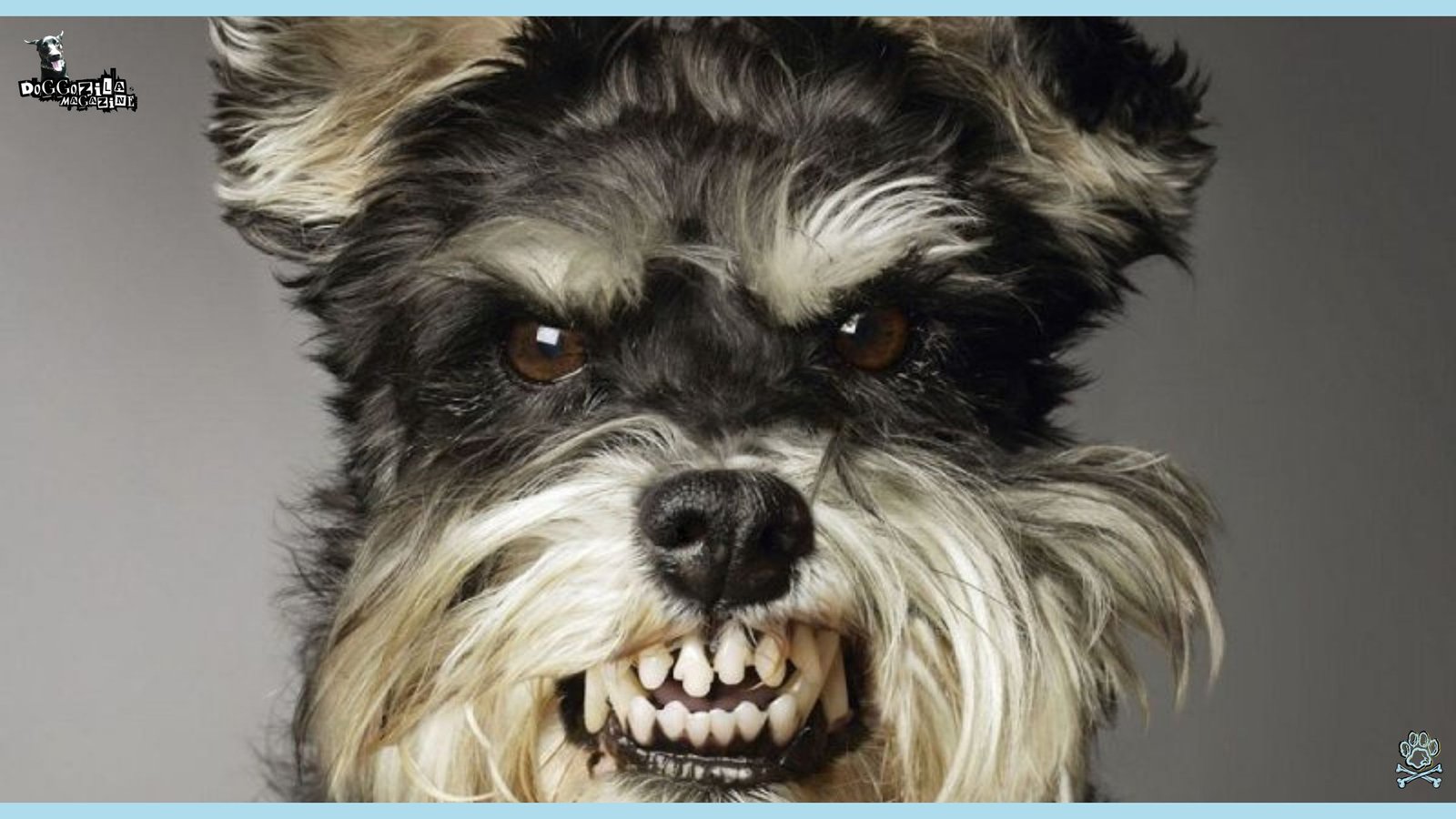
POSSESSION AND PROTECTION: WHY DO DOGS GROWL OVER FOOD, TOYS, AND SPACES?
Why do dogs growl when you walk near their food bowl, try to take a stolen sock, or approach them while they’re curled up on their favorite bed? This falls under the umbrella of resource guarding, a natural (though often problematic) behavior where a dog uses growls (and other signals) to keep others away from something they perceive as valuable.
The root cause of this growl is anxiety about potential loss. The dog fears that the resource (food, toy, space, person) will be taken away, so they warn others off. Understanding this motivation is key to addressing why do dogs growl possessively.
From Bowls to Beds: Targets That Make Us Ask Why Do Dogs Growl Possessively
Dogs can guard a wide array of resources. The most common trigger is food and food bowls, leading to growling when approached while eating and near the full bowl. They do this also when in possession of a high-value chew (bone, bully stick, pig ear), guarding anxiety explains why dogs growl when eating.
Toys are another frequent target, guarding specific ones (especially high-value ones like squeaky toys or antlers) from people or other pets. Stolen or found items they’ve “claimed,” like socks, tissues, shoes, kids’ toys, or garbage scraps, often elicit possessive growls.
Dogs may guard resting places such as beds, crates, couches, favorite spots on the rug, or even a human’s lap. Sometimes, they guard people, protecting a favored person from other pets, other people (including family members), or preventing that person from leaving. Identifying what your dog guards explains why do dogs growl in those specific contexts.
The Escalation of Guarding: Resource Guarding Explains Why Do Dogs Growl
Resource guarding typically follows a predictable escalation, with growling being a mid-to-late stage warning. Initially, the dog may show subtle avoidance by turning their head or body away, eating faster, or hovering over the item. This can escalate to a body freeze, a sudden stillness when approached.
A hard stare, an intense, fixed gaze at the approaching “threat,” often follows. The audible warning is a low growl, essentially saying “Stop. Back off.” If this warning is ignored, the dog may lift their lips or snarl, showing teeth. The next step is often a snap or lunge, a near-bite or attempt to make intimidating contact.
Finally, if the threat persists, the dog may bite, making contact with teeth and potentially causing injury. The growl is a critical communication step! Punishing it removes the warning, making the dog more dangerous. Understanding this sequence answers why do dogs growl during guarding, it’s their attempt to avoid a fight by communicating their discomfort clearly.
Building Trust, Not Fear: Positive Strategies for Resource Guarding
Managing and modifying resource guarding requires building trust and changing the dog’s emotional association with someone approaching their valued things. Key strategies start with respecting the growl, never punish it and immediately increase distance when you hear it.
Management is crucial to prevent rehearsal. Use baby gates, feed in separate rooms, pick up tempting items, and provide high-value chews only in crates or safe spaces. Play the Trade-Up Game to teach your dog that you approaching or asking them to give something up results in something better, trade a stolen sock for a piece of chicken, always trading up in value.
Implement Counter-Conditioning by tossing amazing treats towards your dog (without taking the item) as you walk past while they have a medium-value item, starting far away and gradually decreasing distance. Pair your presence or approach with good things (“Human near my bone = Chicken appears!“).
Build positive associations with hands near food or mouth through hand-feeding meals and gentle handling exercises paired with treats. For severe guarding or bites, seek professional help from a qualified force-free behavior consultant. Addressing the anxiety underlying resource guarding tackles the core reason why do dogs growl over possessions.
🔑 Key Points: While stemming from natural instincts, guarding growls directed at humans or other pets in a home environment require careful management and training for safety and harmony.
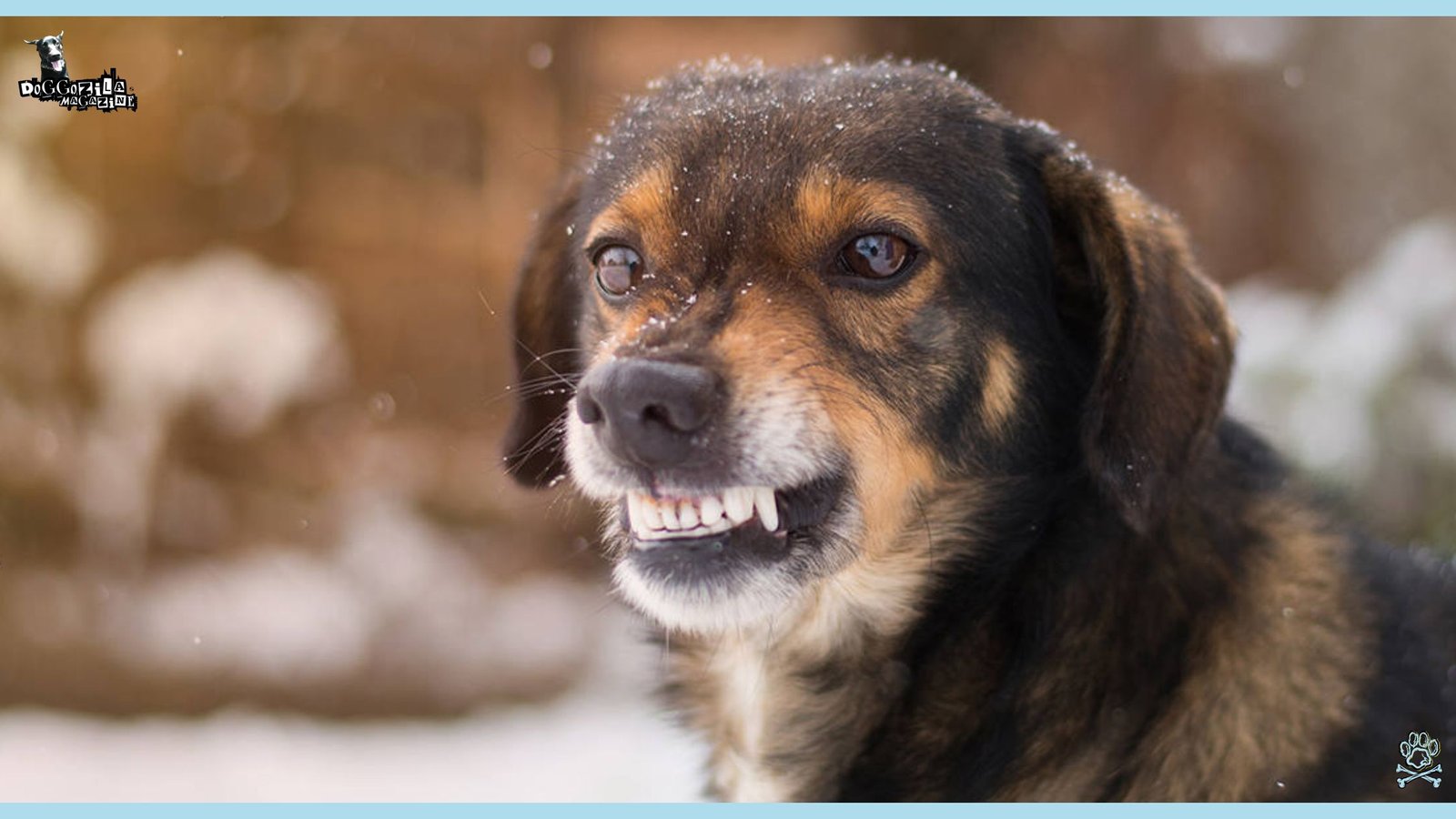
BREED, AGE, AND INSTINCT: HOW INDIVIDUAL FACTORS INFLUENCE THE DOG’S GROWL?
Why do dogs growl can also be influenced by their genetic makeup, age, and inherent drives. While any dog can growl for any reason, certain breeds were historically selected for traits that might make specific types of growling more likely or pronounced.
Terriers, bred to bolt prey and potentially face retaliation underground, often have strong warning growls and tenacity. Herding breeds might growl during intense play or when attempting to control movement (“that kid running is chaos! Must contain!“). Guardian breeds may have deeper, more resonant growls used for alerting or territorial warnings.
Puppy Growls: Teething, Testing, and Learning Why Do Dogs Growl
Puppy growling is a normal part of development but requires gentle guidance. Teething pain is a common cause. Just like human babies, teething hurts, and puppies may growl or nip when their sore gums are touched during play or handling. Provide ample appropriate chew toys, and frozen washcloths can help.
Play mouthing and growling are how puppies explore the world and learn bite inhibition through interactions with littermates and humans. Redirect biting onto toys and use dramatic “Ow!” yelps followed by brief withdrawal of attention to teach gentle play (play excitement explains why puppies growl when playing).
Puppy fear periods occur during development, making puppies more easily frightened, where novel experiences might trigger fearful growls – positive socialization is key.
Resource guarding emergence can happen as puppies start testing boundaries around food or toys. So, start the “Trade-Up” game early! Puppy growling is usually less intense but sets the foundation. Patience with positive training shapes appropriate communication and prevents dogs to growl problematically later on.
The Senior Shift: Pain and Cognitive Changes Explain Why Do Older Dogs Growl
As dogs enter their senior years (usually 7+ years, varies by breed/size), changes occur that can increase growling. Increased pain from arthritis, dental disease, organ discomfort, and other age-related ailments becomes more common, leading to pain-based growling when touched or moving. Pain is rarely “no reason” when wondering why old dogs growl, and regular vet checks are vital.
Sensory decline, with diminished eyesight and hearing, can make seniors easily startled. A dog who doesn’t hear you approaching might growl out of surprise or fear when touched unexpectedly, so approach visibly and gently.
Canine Cognitive Dysfunction (CCD), similar to dementia, can cause confusion, anxiety, disorientation, and changes in social interaction. This can lead to a dog to growl because they feel lost, scared, or don’t recognize familiar people or surroundings. Veterinary diagnosis and management plans (sometimes including medication) are essential.
Increased irritability is also common, as some seniors become less tolerant of disturbances, handling, or activity they previously enjoyed. Respect their need for more rest and quiet. Understanding these age-related shifts provides compassion when asking why do dogs growl in their golden years.
Instinctual Echoes: How Breed History Can Hint at These Vocal Dog warnings
While oversimplification is dangerous, breed heritage can offer clues about growling tendencies.
- Guardian breeds (like Rottweilers, Dobermans, Mastiffs) may have deeper, more resonant warning growls directed at perceived threats to property or family. This alert/intimidation repertoire explains why guard dogs growl deeply, though early socialization is critical for appropriate discernment.
- Terriers (like Jack Russells, Scotties) were bred for tenacity and independence (“gameness“), often resulting in strong, persistent growls when engaged with a toy, during play, or when guarding a resource. Their “don’t back down” attitude can make their growls sound intense.
- Herding breeds (like Border Collies, Aussies, Corgis) may exhibit intense play growls, frustration growls when movement is restricted (“must herd those kids!“), or warning growls if they perceive chaos they feel compelled to control. Providing an outlet for their high energy is important.
- Scent hounds (like Beagles, Bassets, Bloodhounds) can be prone to possessive growling over found food or scraps or favorite toys during their intense sniffing sessions.
Remember, breed is not destiny. Individual temperament, socialization, training, and environment play massive roles in why do dogs growl. Never assume aggression based on breed alone.
🔑 Key Points: Understanding breed tendencies provides context but never excuses aggression, it simply informs why do dogs growl with a certain intensity or in specific scenarios. Age is also a major factor, puppies and seniors growl for different reasons than adolescents or adults.
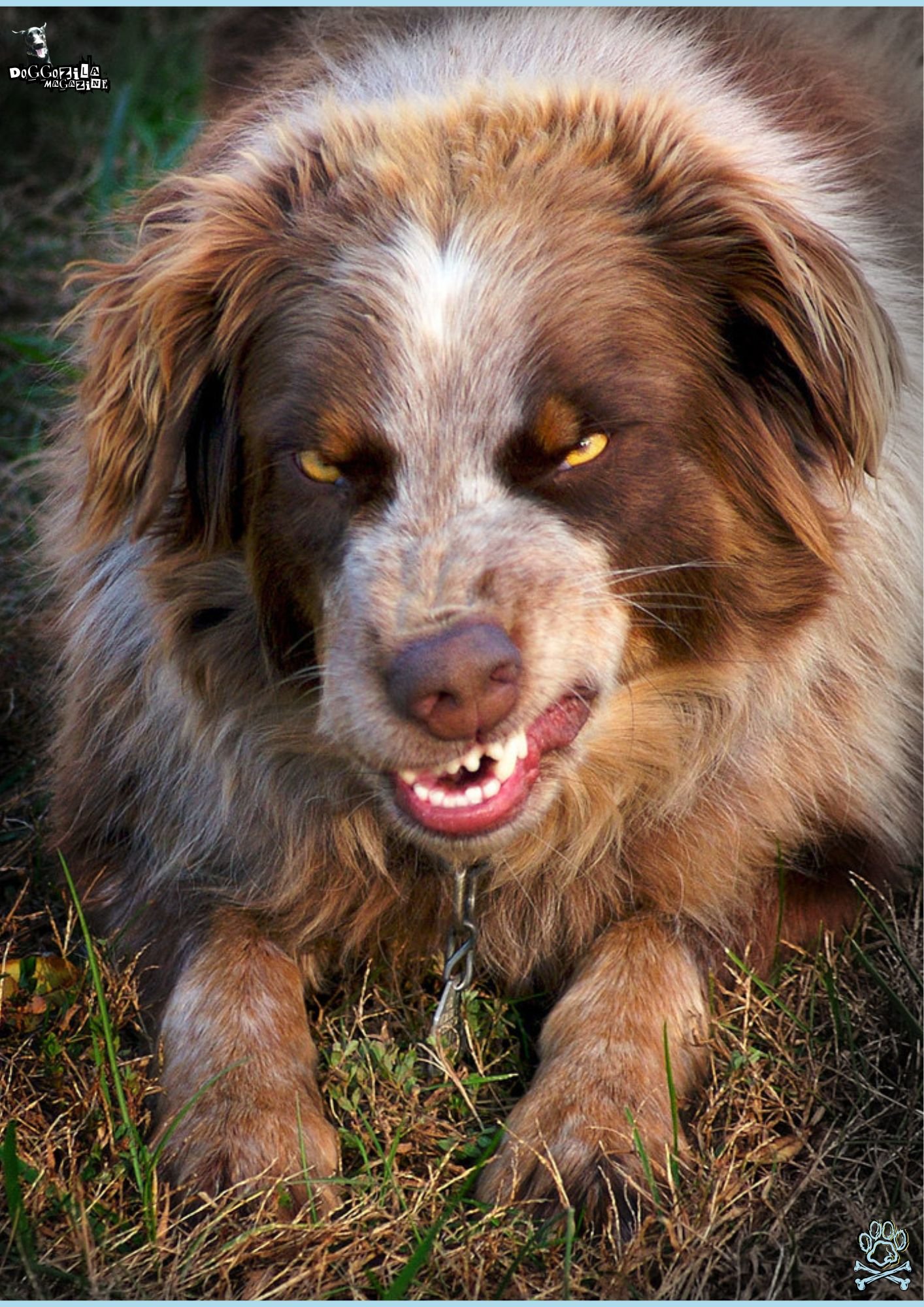
WHAT TO DO (AND NOT DO) WHEN YOU ASK YOURSELF, “WHY IS MY DOG GROWLING?”
Hearing your dog growl can be unsettling. Your immediate reaction is crucial for safety and for maintaining trust. Instead of panicking or punishing, follow these steps to understand why do dogs growl and respond appropriately.
What to Do and Steps To Follow If Your Dog Growl in Different Instances
First, pause and assess, freeze yourself, do NOT yell, lunge, or make sudden movements, and take a breath. Scan the environment to understand what is happening, what your dog has, who is nearby, and what just changed, as context is key.
Observe your dog’s entire body language to see if they are stiff or loose, and note the position of their ears, tail, and eyes, and what their mouth is doing, as this tells you if it’s fear, play, pain, or warning. Respect the communication, remembering that the growl is valuable information and a request for space or change. Do not punish the growl!
Create safe distance, if it’s a warning, fear, or pain growl, calmly and slowly create space. If guarding an object, move away from it. Pain makes them uncomfortable with touch, so stop touching and step back. If startled, remove the trigger if possible or give them space to retreat.
If safe, remove triggers, such as picking up a low-value stolen item after moving away, but leave high-value items or highly aroused dogs for later management. Finally, reassess and plan, once calm, think about what triggered the growl (pain? fear? boundary? possession?) to guide your next steps (vet visit, training plan, management changes).
The Absolute Don’ts: Actions That Worsen The Growl
Certain reactions are guaranteed to escalate the situation or damage your relationship when your dog growls.
Do Not punish the growl by yelling “No!“, hitting, alpha rolls, using shock collars, or muzzle punches, as this teaches the dog their warning is punished, leading to suppressed warnings and potential bites later. This is the worst thing you can do.
Never force interaction by continuing to pet, hug, handle, or approach a dog who is growling to say “stop,” as this is disrespectful and dangerous and forces them to escalate.
Do Not stare directly at them, as a hard stare can be perceived as a threat, escalating a fearful or warning growl. Look away or at their side instead. Never corner them, as always allowing the dog an escape route is essential; cornering a growling dog dramatically increases bite risk.
Do Not physically force them off or out of a space, such as trying to drag a dog off furniture or out of a space they are guarding, as this is asking for a bite. Use management and training instead. Avoiding these mistakes is critical for safety and effectively addressing why do dogs growl.
Building a Growl-Savvy Relationship: Long-Term Strategies Beyond the Moment
Your response to growling shapes future communication and trust. Thank them for the warning, when you respect a growl and give space, you teach your dog that growling works to create safety, making them less likely to skip to a bite next time, think “Good dog for telling me!“
Address the underlying cause rather than just managing the growl, if it’s fear, work on CC/DS, if it’s pain, go to the vet. If it’s resource guarding, implement positive training, if it’s boundary violation, learn dog body language and consent. Promote choice and control by empowering your dog, let them choose to approach for affection, provide safe spaces they can retreat to undisturbed, and use positive reinforcement training methods.
Prioritize veterinary care by ruling out pain or medical issues first, especially with new or sudden growling, and ensure regular senior check-ups. Building this trust and addressing root causes reduces the frequency and intensity of situations where you need to ask why do dogs growl.
The Final Takeaway
So, why do dogs growl? It’s not a simple sound of aggression. It’s a rich, complex language expressing everything from pure joy to deep fear! Coming from playful banter to a desperate plea for space or relief from pain.
By learning to listen, truly listen to the nuances of the growl and the symphony of body language that accompanies it, we move from misunderstanding and fear to profound connection and trust.
The next time that rumble vibrates through the room, pause, observe, and respect the message. Your dog isn’t being “bad“, they’re talking to you in the only way they know how.
Celebrate the play growls, heed the warnings, investigate the pain whispers, and honor the boundaries.
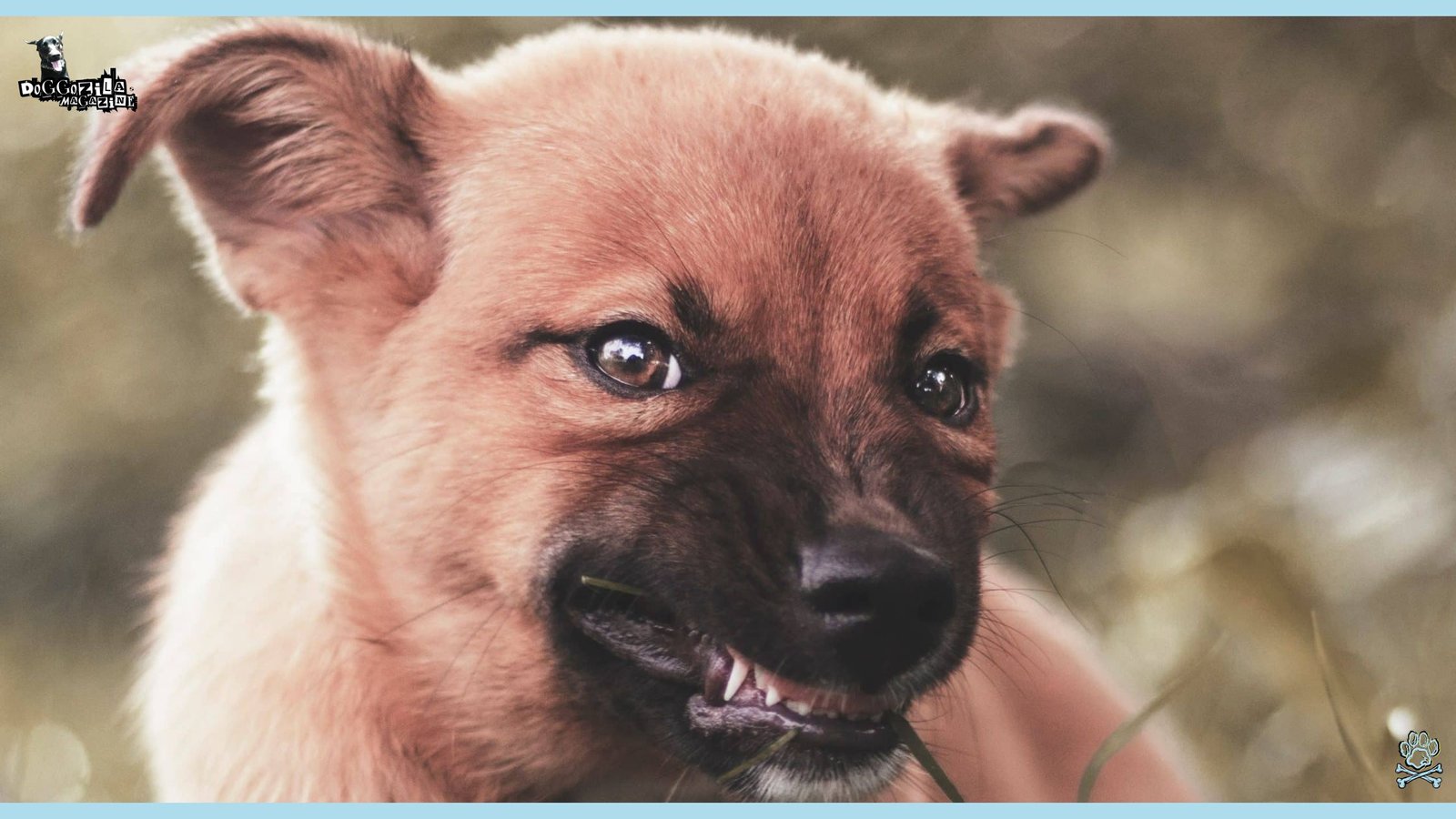
When we learn their language, we build a safer, happier, and infinitely more rewarding bond.

